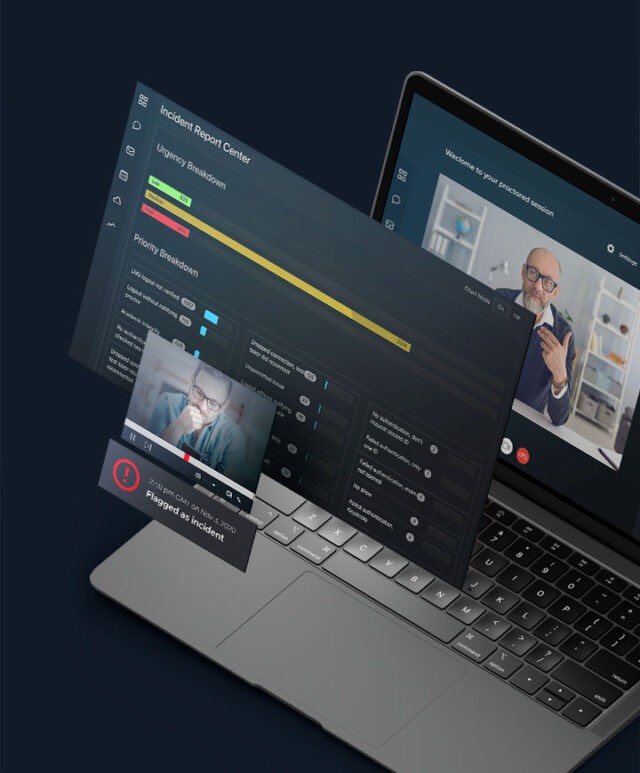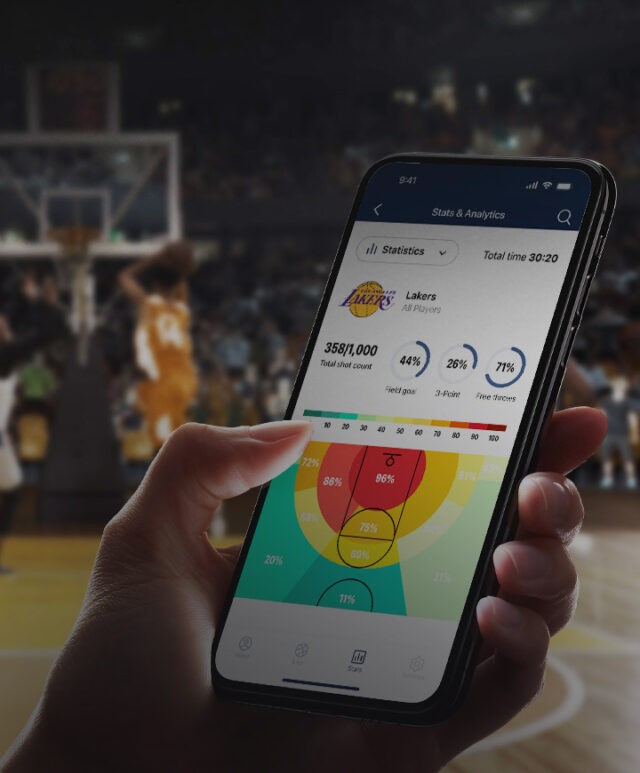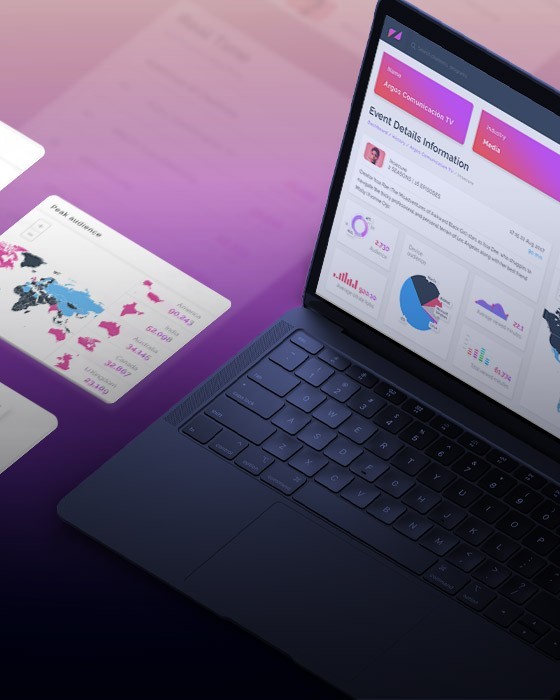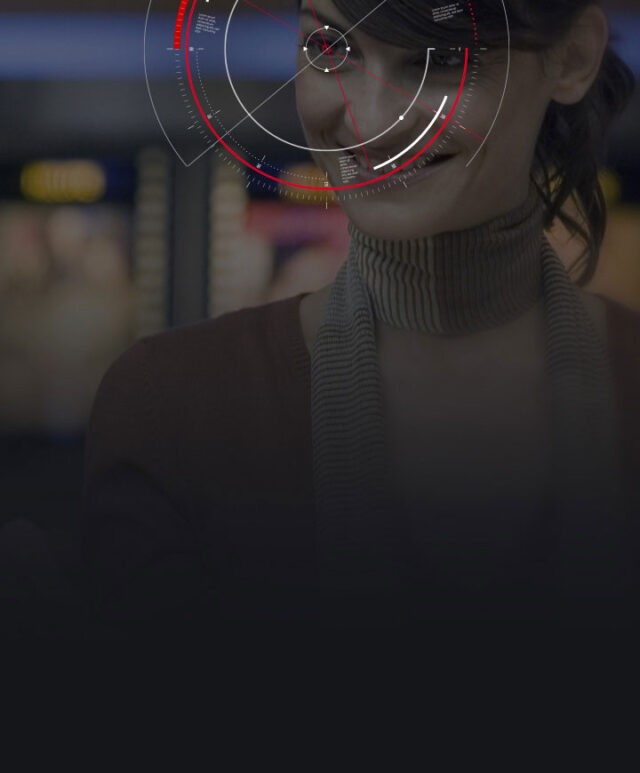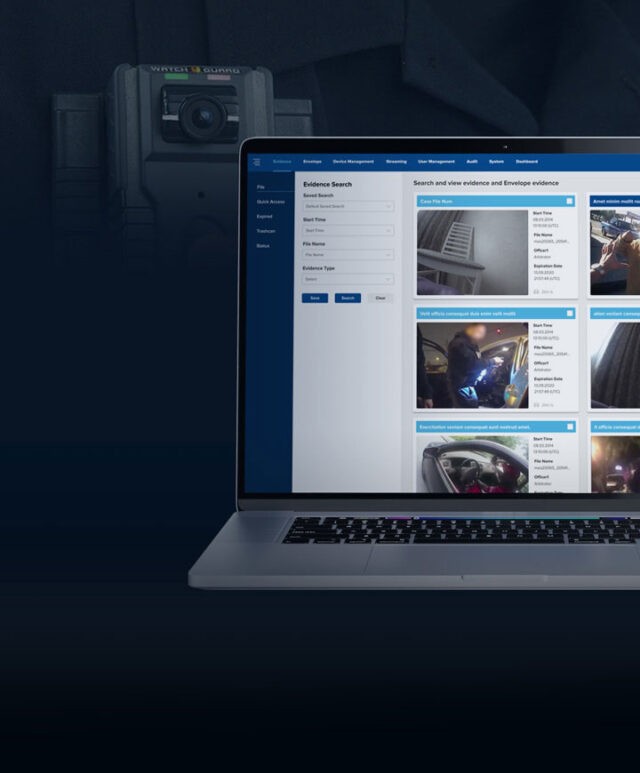The story in brief
The client’s portrait
A Fortune 500 corporation with thousands of technology patents and dozens of subsidiaries around the world.
Their quest
Developing a comprehensive computer vision-driven tool for the specific needs and requirements of the police force.
Our answer
An AI-driven computer vision solution that extracts all unique faces, objects, and vehicles from camera footage, provides specialized video editing tools, and produces detailed reports with metadata for every video frame.













